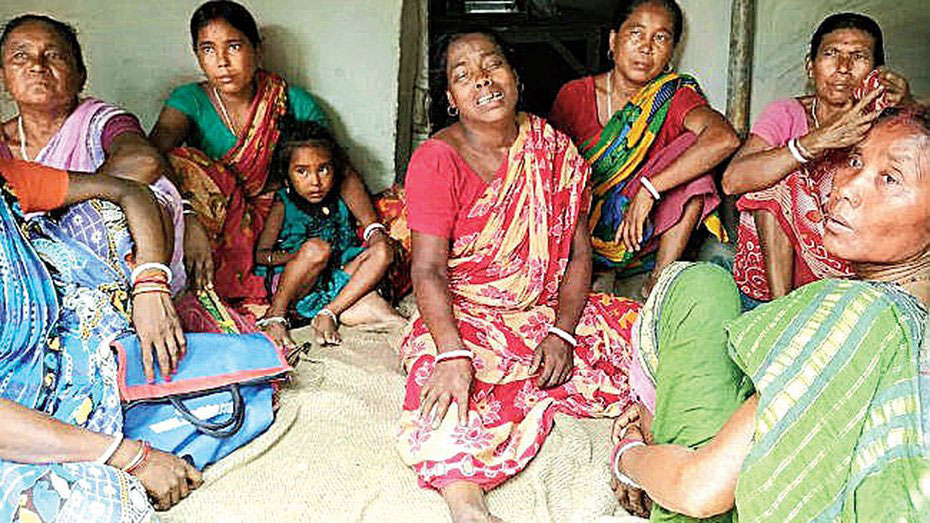The National Democratic Alliance government had announced that it would rationalize laws and regulations pertaining to workers and the labour markets into four broad codes. The wage code has already been passed in Parliament, while the one on occupational safety is under consideration. The third proposal is to bring all existing legislations on social security, such as unemployment benefits, retirement benefits like pension and provident fund, maternity benefits and health insurance, under one single code. This action, however, does not consider new laws or even attempts to add clarity to some points of ambiguity in the existing laws. Currently, around 8 per cent of India’s workers are covered by such laws. The Bharatiya Janata Party-led government’s ambition is to expand the ambit considerably with this code and, ultimately, turn it into a universal social security system. There is little doubt that India requires a comprehensive social security system, without which labour market reforms and flexible hire-and-fire policies would not be effective. However, the ideal social security system would be a big-ticket item in the budget. It would be too much to deal with for the Union government alone. The states must chip in with taxes and also participate in a quite complicated administrative architecture. Getting the states on board can turn out to be a difficult task.
A national-level network is essential because workers covered under the schemes will be given a portable social security account that can be carried anywhere in India. Hence, there must be inter-state connectivity. The proposed code continues to have some definitional ambiguities. Take the case of the benefits to be received by women. Every woman is entitled to maternity benefit, but can each of them claim unemployment benefits as well? The code also legalizes oral work contracts. This may appear to be desirable since otherwise it would leave out a considerable section of the working population. However, it could also lead to a denial of the contract if it entailed any contribution to be made by the employer. Similarly, gig workers are supposed to be covered by this code. Gig workers are casual workers who work part-time for many employers, but not on a regular basis. They are hard to distinguish from self-employed people who might include rich doctors, lawyers and consultants. Finally, the objective of a universal social security scheme perforce requires large tax collections from payroll taxes and corporate incomes. It is an important redistributive strategy. But is there any political will to disturb the rich? Recent announcements of tax rollbacks from the finance ministry indicate otherwise.













